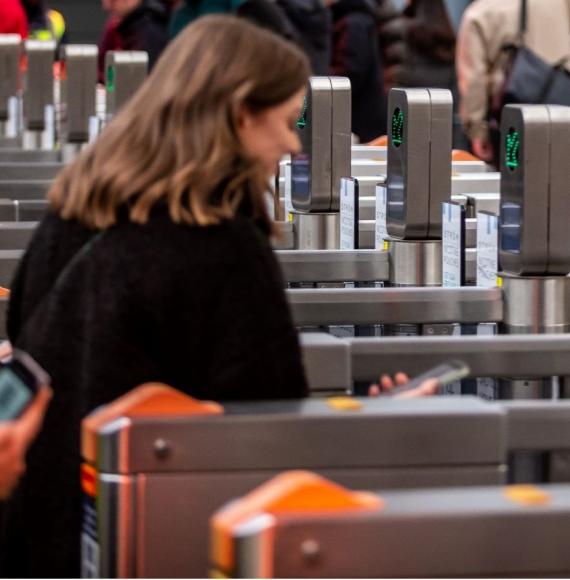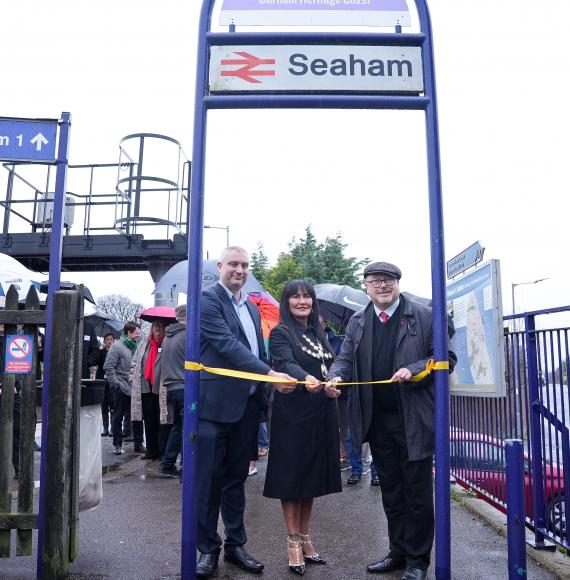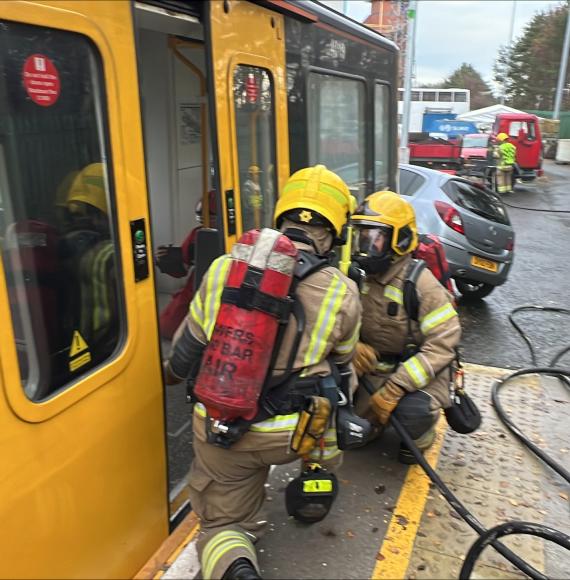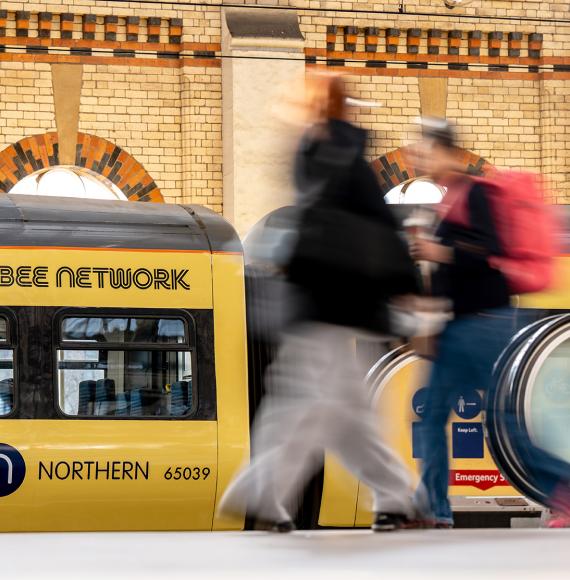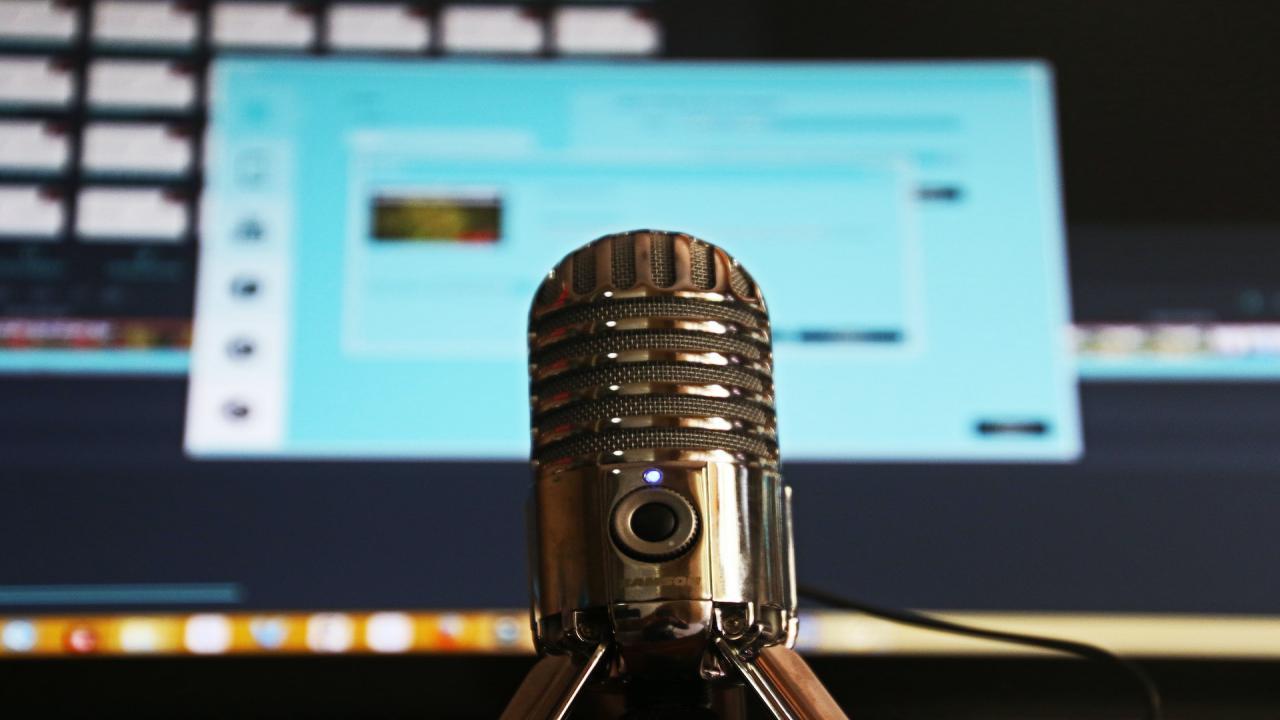Irish Rail and Kontron Transportation have signed a long-term agreement guaranteeing the support of the railway's digital communication system. The deal ensures the reliability of the current GSM-R (Global System for Mobile Communication – Railway) technology whilst also setting the foundations for future communication standards, including the GSM-R successor, Future Railway Mobile Communication Systems (FRMCS). The GSM-R system is due to be phased out across Europe by 2030.
The technology is critical to a smooth running of the network, enabling train-to-ground communication, and ensuring safe and efficient operations and forms the backbone of Irish Rail’s communication systems.
"We are delighted to partner with Kontron to guarantee the continued availability and operability of our digital train communication system," said Thomas Quigley, national telecoms manager, Irish Rail. "Their approach to maintaining the existing system aligns perfectly with our investment plans, allowing critical projects like DARTt+ and the National Train Control Centre to move forward with confidence."
The Austrian based Kontron are a leading supplier of mission-critical communication solutions and chief operating officer, Richard Neussl commented: “We are very pleased about the very good collaboration and long-term partnership with Irish Rail.
“As a driving force in the definition of future communication standards, we offer our customers the possibility of a smooth migration and coexistence between GSM-R and a next generation mobile communication system.
“For this, we have developed a programme that guarantees the availability of GSM-R maintenance and support for as long as customers need it”
Meanwhile, Kontron also confirmed they’ve secured orders for the maintenance of GSM-R in Austria for the OBB network whilst also securing a contract to install GSM-R on parts of the Slovenian network which is currently not equipped for the system, including the Divača – Koper railway which connects the cargo port of Koper with the Slovenian rail network as well as the wider European railway network.
Photo: iStock




